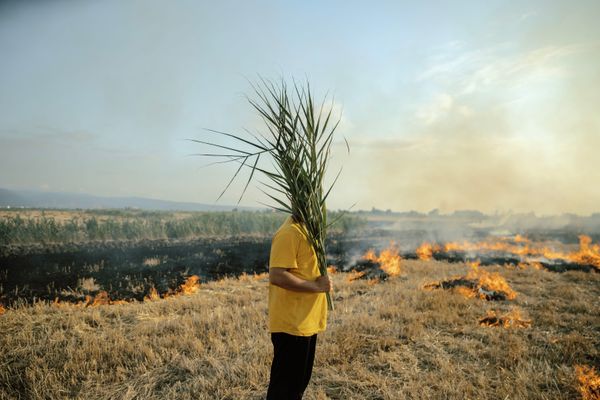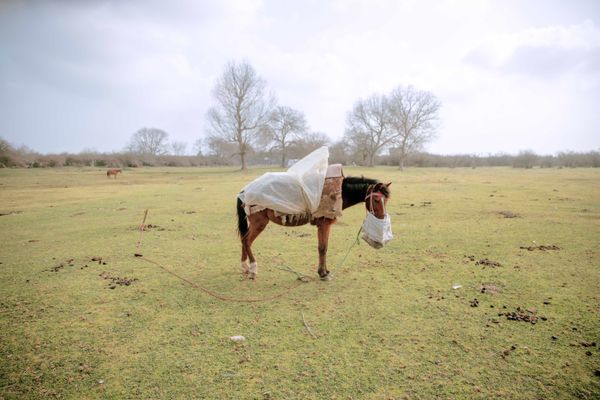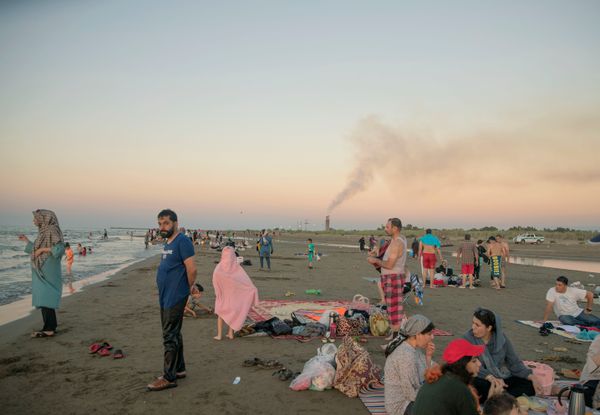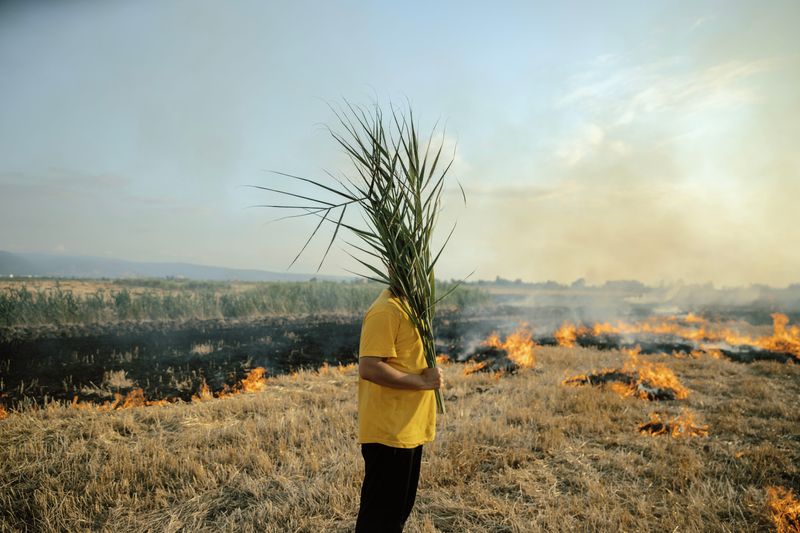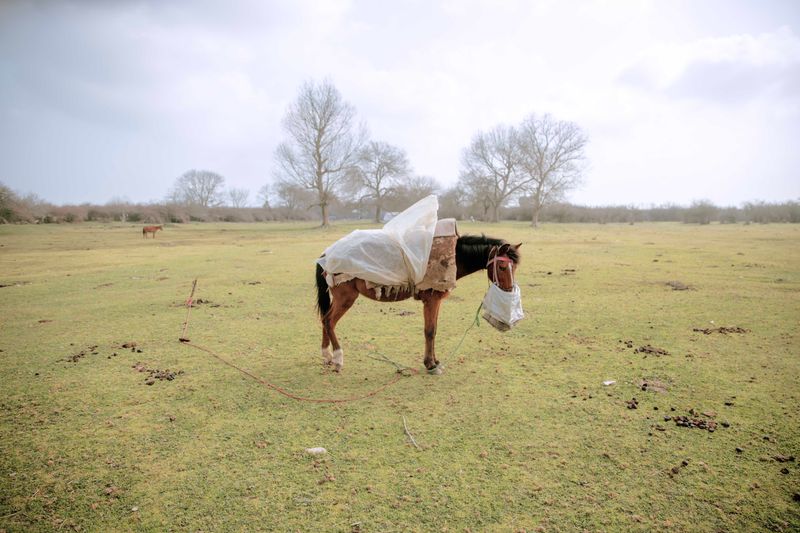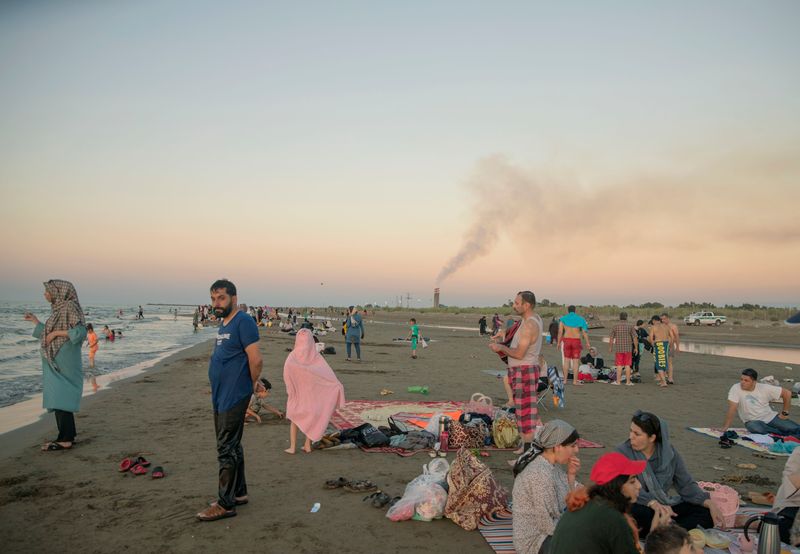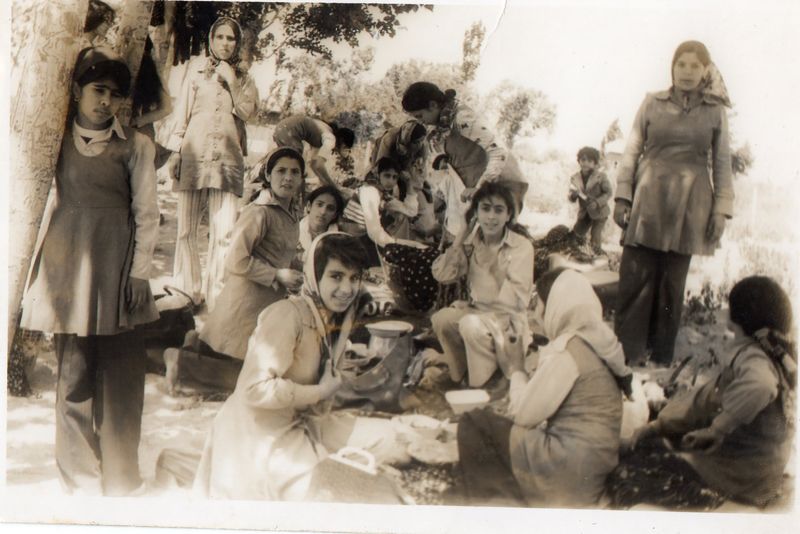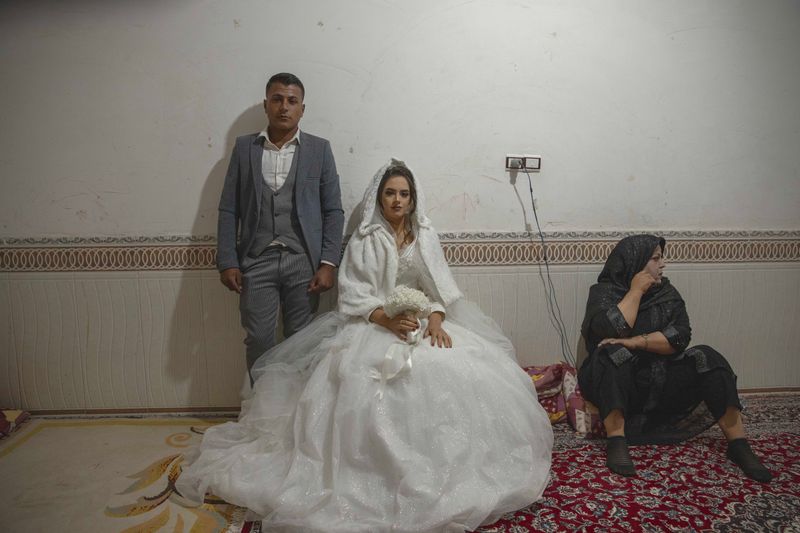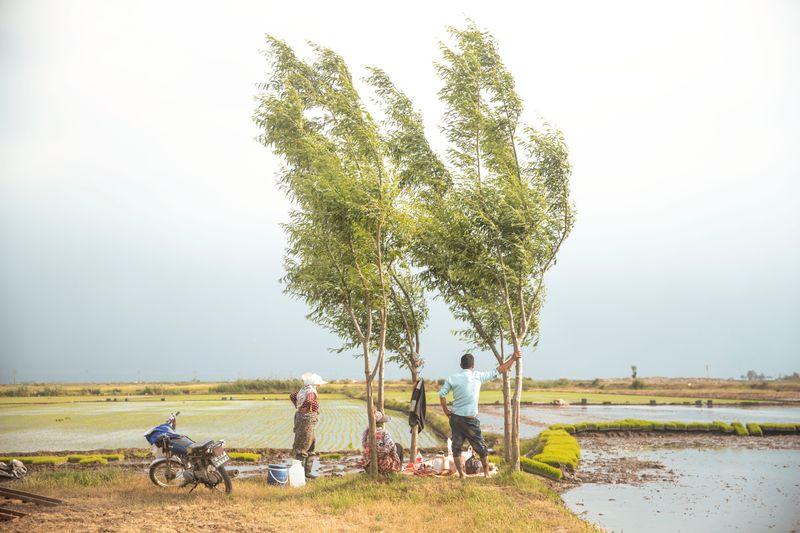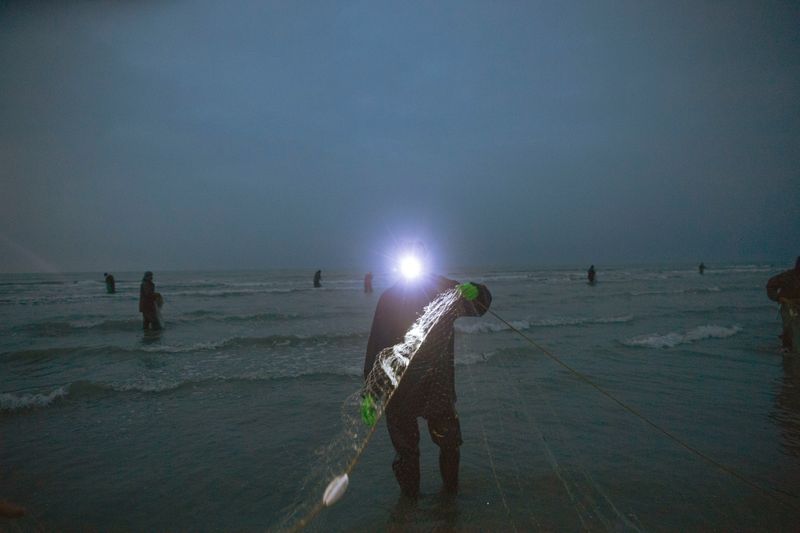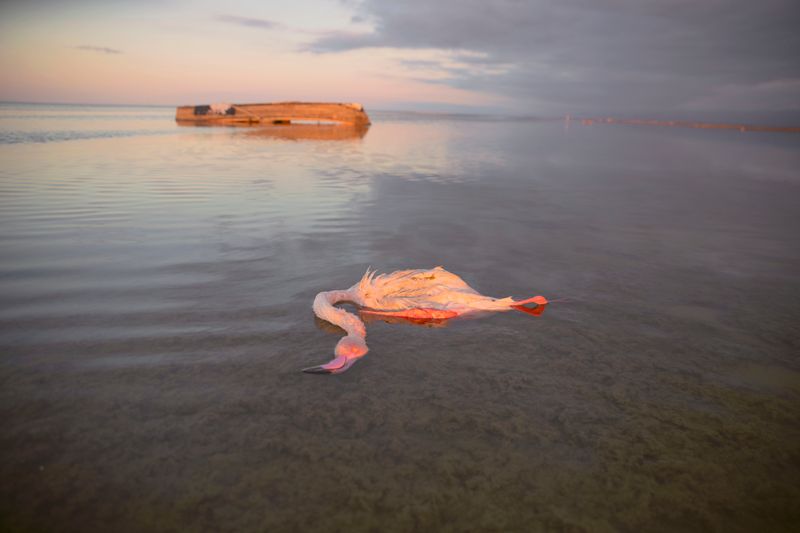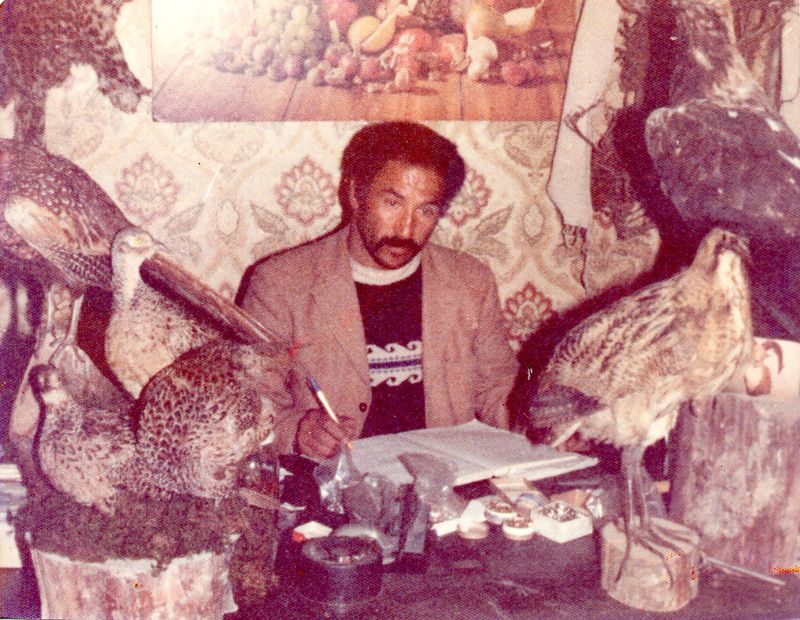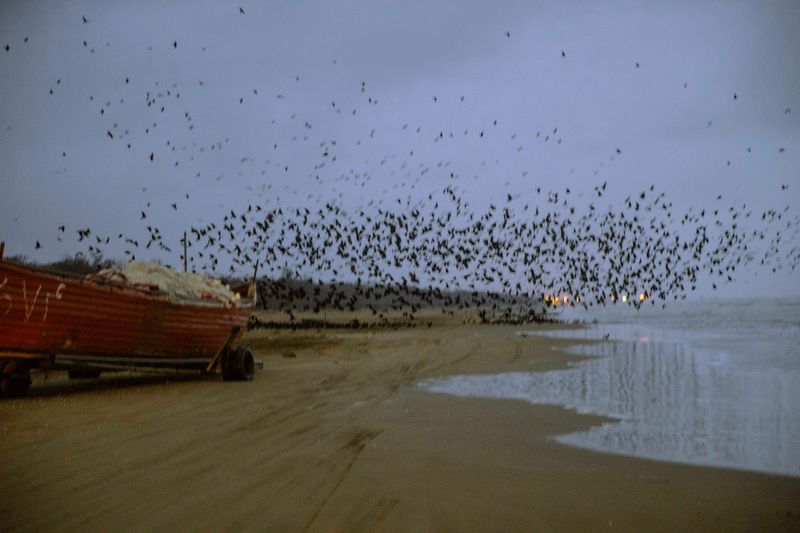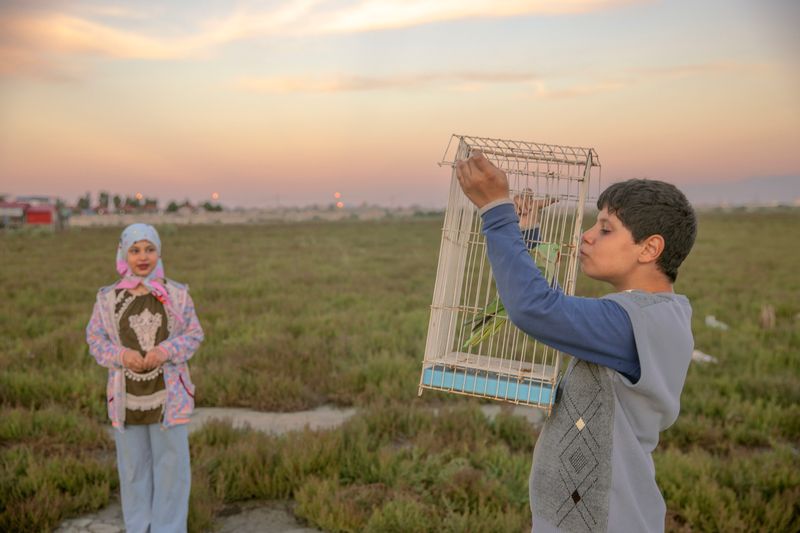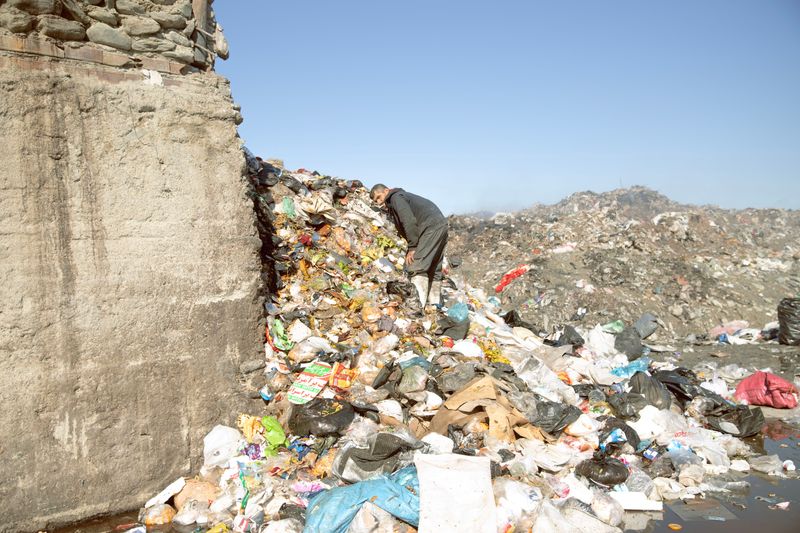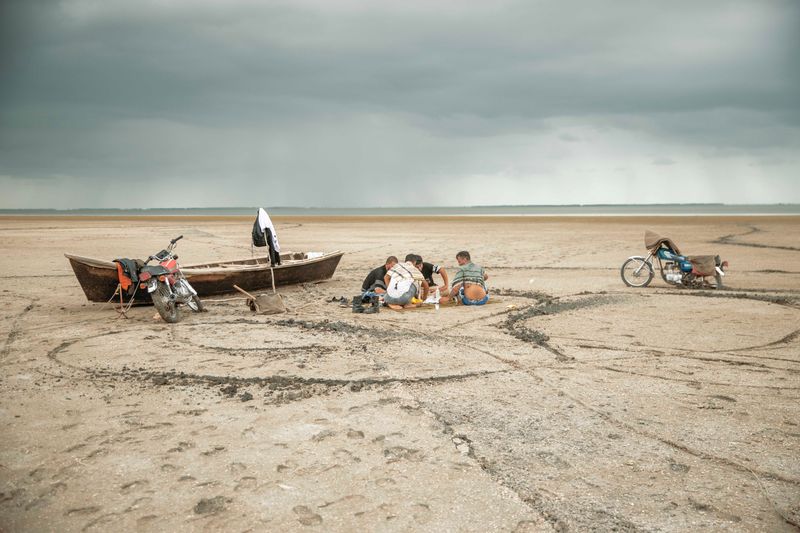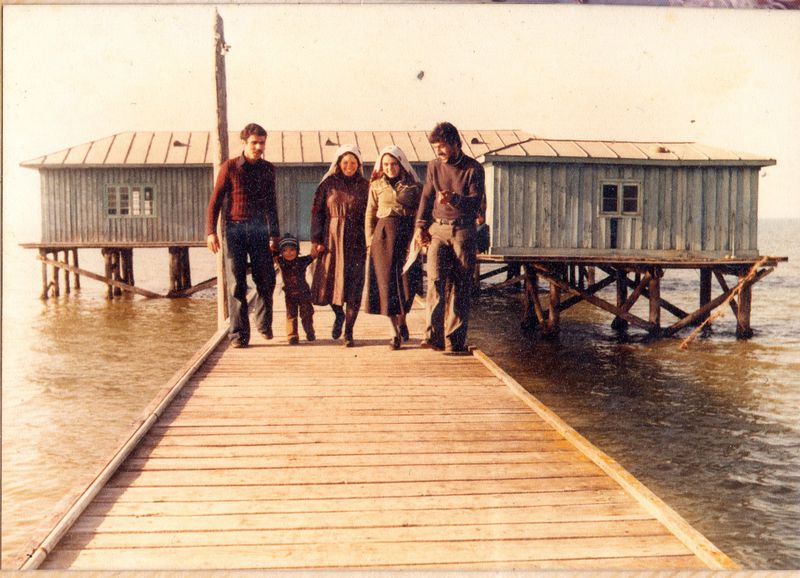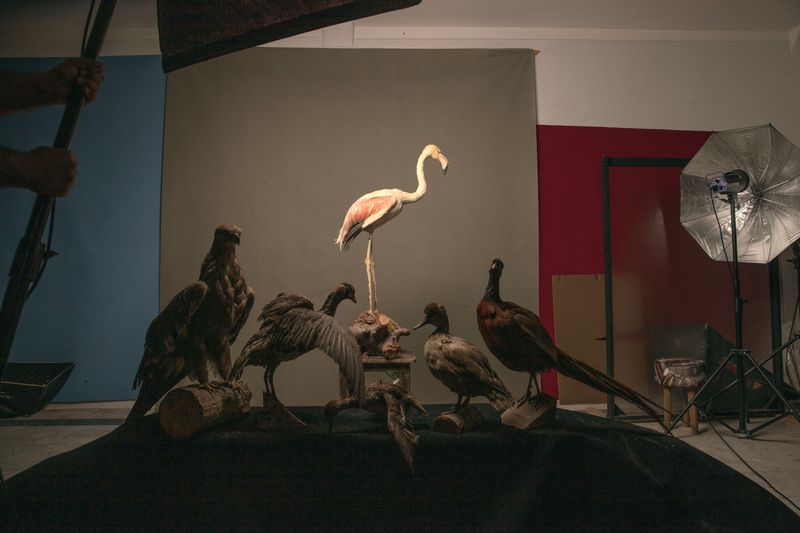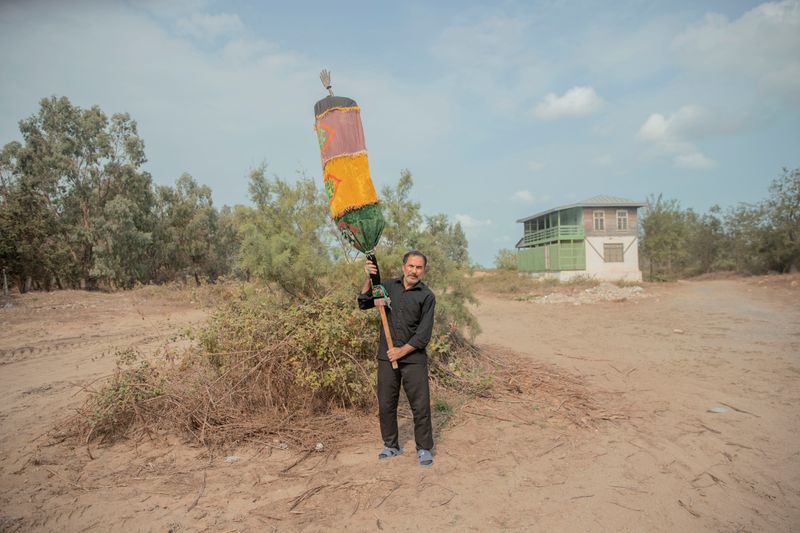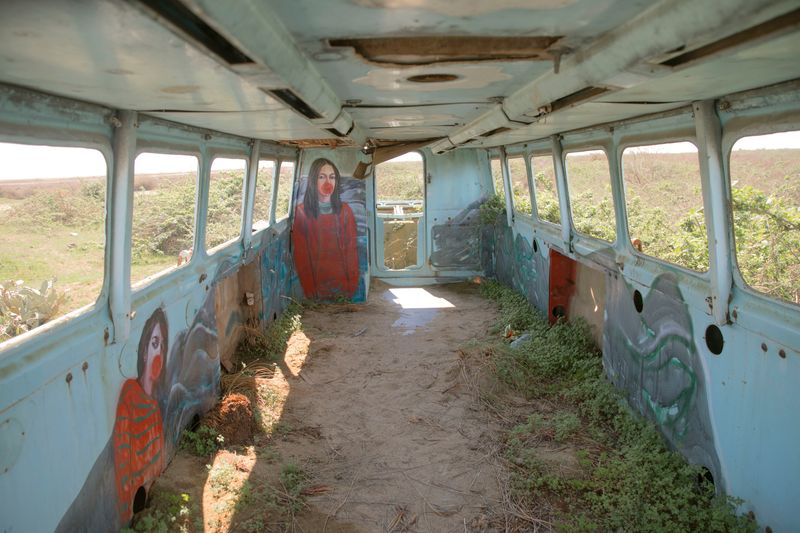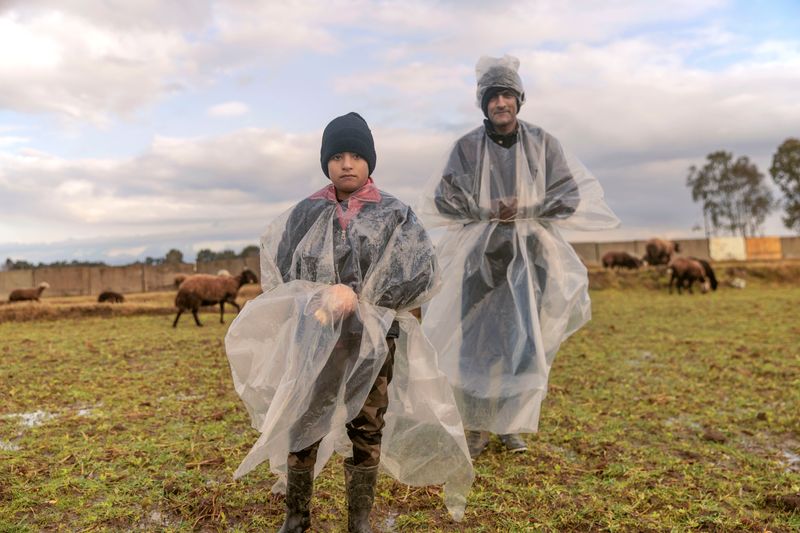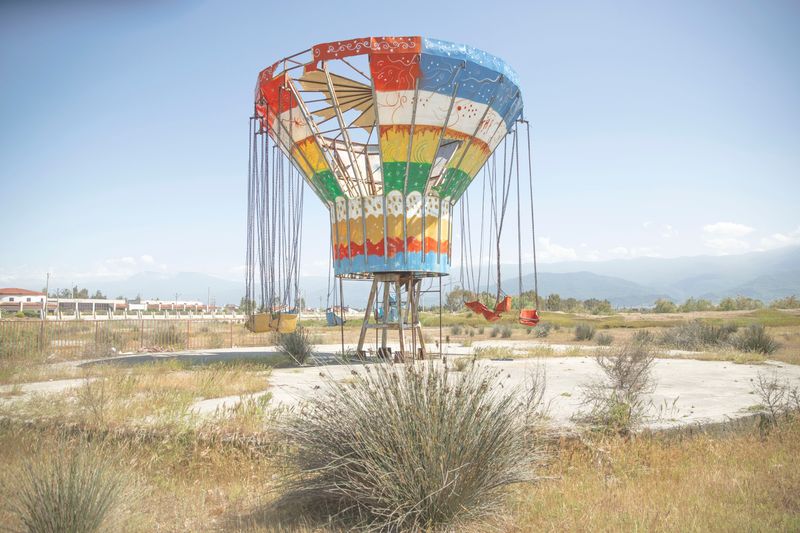The Tears of Motherland
-
Dates2023 - Ongoing
-
Author
- Location Iran, Iran
-
Recognition
This project addresses the tragedy of Miankaleh's destruction, a vital ecosystem in the southeast Caspian Sea. Rapid water decline, environmental degradation threaten local biodiversity and communities.I aim to document this crisis through a personal view
The Iranian climate is predominantly arid or semi-arid, severely impacted by depleting water resources due to rising demand, salinization, groundwater overexploitation, and increasing drought frequency. The Caspian Sea, the world’s largest closed lake, plays a crucial role in water level fluctuations. Recent rapid changes in the Caspian Sea level have created unstable conditions for coastal areas over the past decades.
Miankaleh International Wetland, located in the southeast part of the Caspian Sea, is one of the most critical and vulnerable coastal regions.Designated as a UNESCO Biosphere Reserve, Miankaleh is one of the most significant and diverse wetland ecosystems in the world. It serves as a crucial habitat for a wide array of wildlife, including numerous endangered species and migratory birds that rely on the wetland for breeding and feeding and it includes Gorgan Bay, Ashoradeh, and the Miankaleh peninsula.
The decline in the Caspian Sea water level has significantly reduced the inflow to the wetland, causing extensive drying in the western and northeastern areas. Additionally, rapid urbanization, agricultural development, industrial pollution, mismanagement, and excessive river water use have exposed the wetland ecosystem to severe environmental challenges. Recent reports indicate that 30% of the wetland area has dried up.
Observations spanning my entire life and recent years studies on the Miankaleh drought crisis have deepened my understanding of this catastrophe. The short-term effects are evident, but the long-term projections are even more concerning. The ecological consequences of this decline would be disastrous.
The starting point for this project dates back to my childhood, when a taxidermized flamingo was brought to our home as a gift. I was terrified of it, yet it was always there, a constant presence. That fear parallels the deep sense of dread I now feel about the destruction of this environment. Over last years, I’ve conducted research and captured photographs, but to truly give a voice to this land and tell its story, I need support and assistance. This project is my way of turning that fear into action, and with the right support I believe it can inspire others to join the fight for conservation
The destruction of this environment could lead to irreparable harm, affecting everything from wildlife and the extinction of rare plant and animal species to the severe challenges faced by people with fragile economies who are already confronting numerous difficulties. In addition to all the impacts it has in this regard, this ecosystem is a part of our identity. Watching its destruction is like witnessing the loss of a piece of myself and my people. I do not view myself as separate from this crisis; I am part of it
Given all the limitations in my country, this project requires guidance and support from an international community in order to effectively convey its importance and message. A project of such significance, spanning from local to international levels, and addressing both environmental and identity-related issues, requires the support of experienced individuals in this field to make its message heard. Through my research, I have realised that, beyond this geographical area, many other wetlands in the region are also on the verge of disappearing. Guidance and support from an international platform will greatly assist in expanding my efforts.
with the support of this grant, I plan to expand the project to the entire Caspian Sea coastline. The Caspian Sea, the world’s largest enclosed body of water, spans approximately 700 kilometers along Iran's northern border. It holds immense environmental, economic, and cultural significance for the region, serving as a crucial source of biodiversity and a lifeline for local communities.
n addition to the Caspian Sea, there are numerous lakes and wetlands across Iran that are also under threat. With the support of this grant, I can extend my work to these vital water bodies, helping to preserve them before they are irreversibly damaged. In future stages, I aim to expand the project to cover all of Iran's lakes and wetlands. Iran, a country facing significant environmental challenges, requires attention to its endangered water resources .
This project deserves attention because it highlights the urgent and often overlooked consequences of climate change in a globally significant ecosystem beyond scientific data and statistics. By visually documenting these challenges, the project can raise global awareness about the broader environmental crisis, inspire action, and contribute to conversations on conservation and climate resilience. The compelling imagery has the potential to resonate with audiences worldwide, making the plight of Miankaleh a powerful symbole for climate action.
